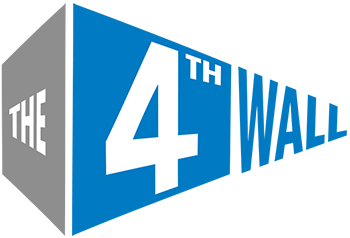Jan 2, 2026
Wondering what lighting, video, and audio equipment professionals are actually using on shows? We pulled rental data from all 4Wall locations to reveal the most in-demand gear across moving lights, LED video walls, consoles, speakers, and more; from concert tours & music festivals to Broadway and TV/Film. Read More »
Jun 9, 2025
Aug 22, 2025
Aug 19, 2025
Jul 1, 2025
Jun 17, 2025
Jul 16, 2025
Jun 18, 2025
Jun 5, 2025
Apr 14, 2025
Mar 28, 2025
Mar 28, 2025
Mar 25, 2025
Mar 25, 2025
Mar 17, 2025
Feb 18, 2025
Jan 8, 2025
Dec 20, 2024
Dec 11, 2024
Nov 18, 2024
Nov 1, 2024
Oct 2, 2024
Sep 6, 2024
Aug 19, 2024
Aug 7, 2024
